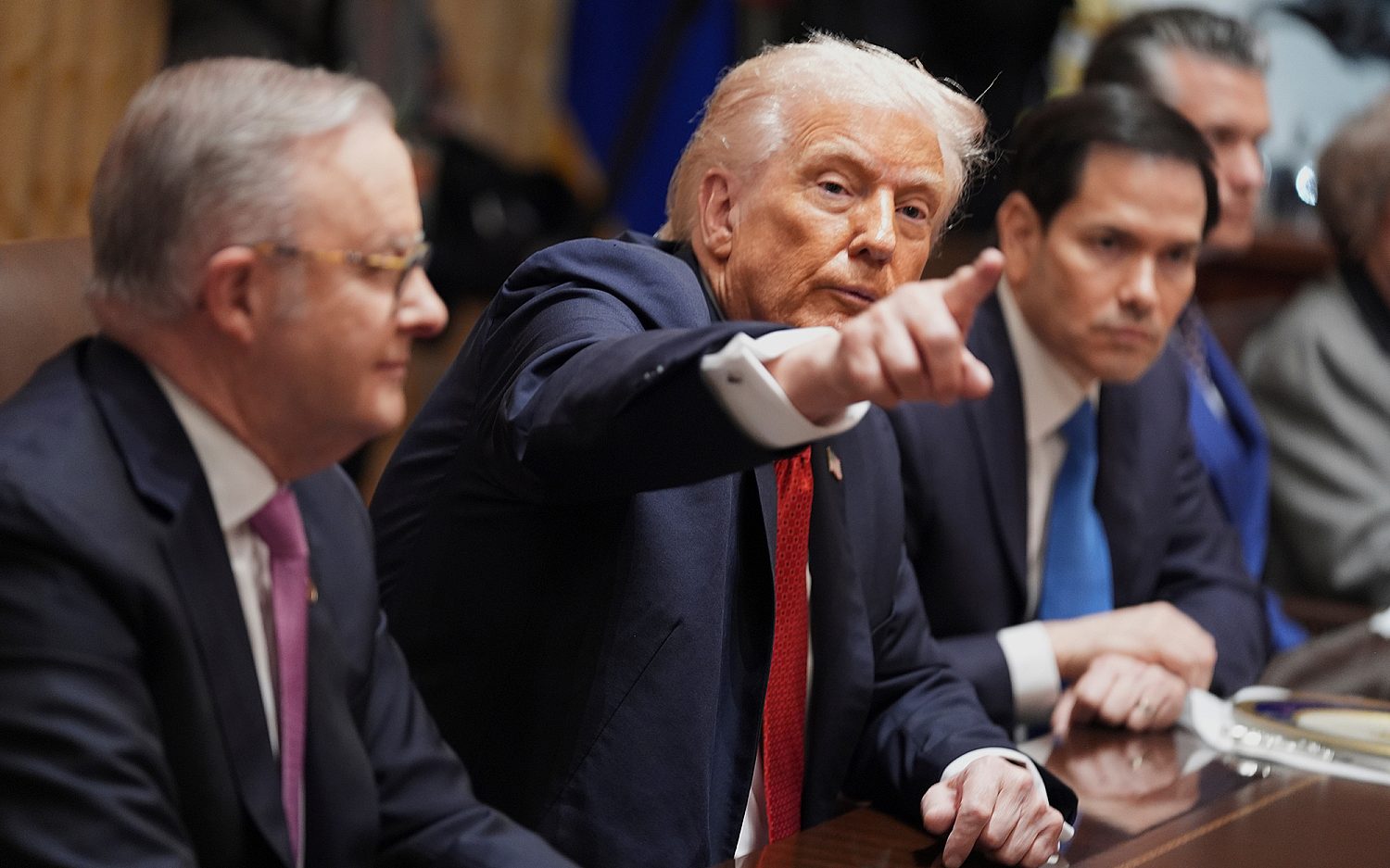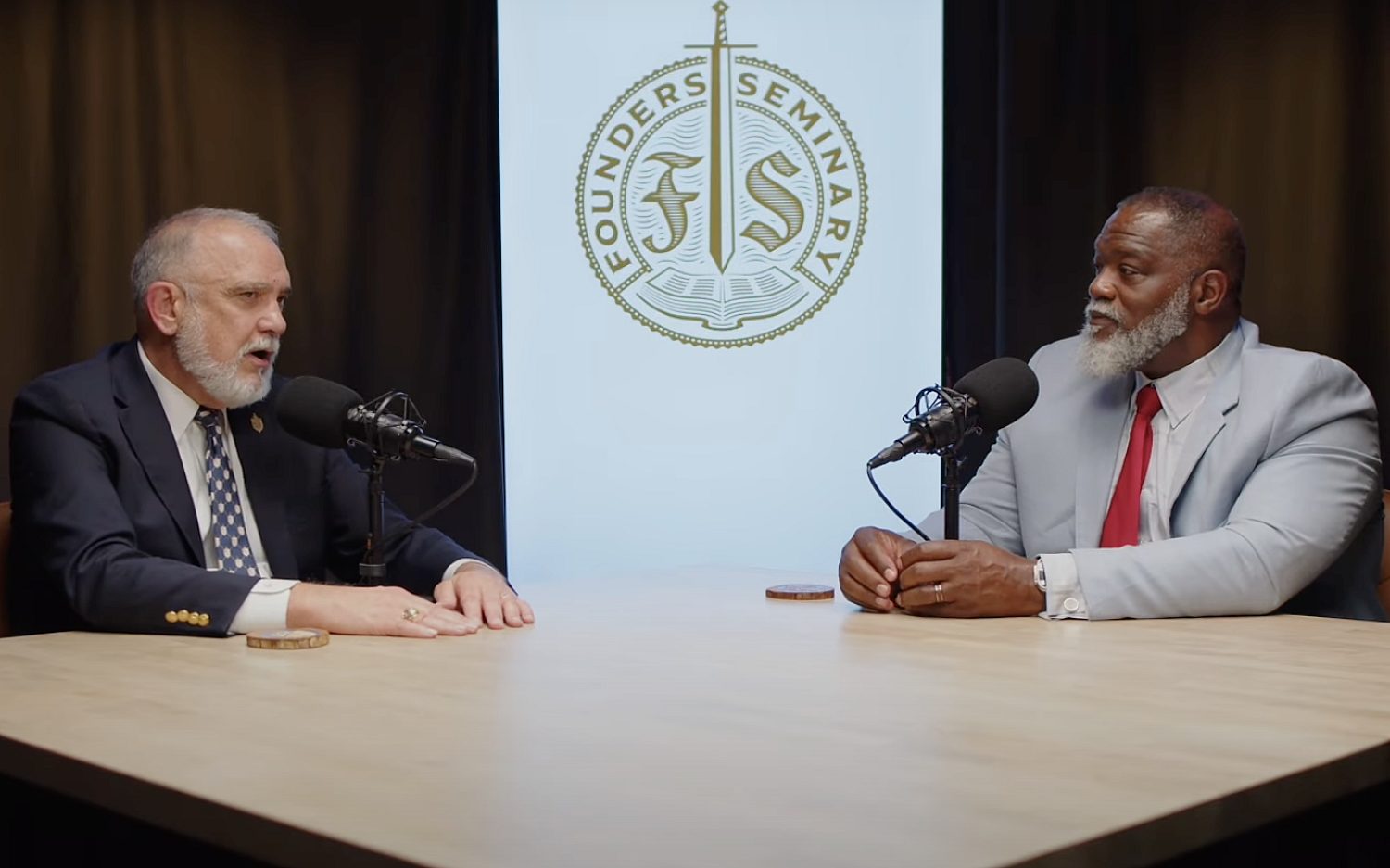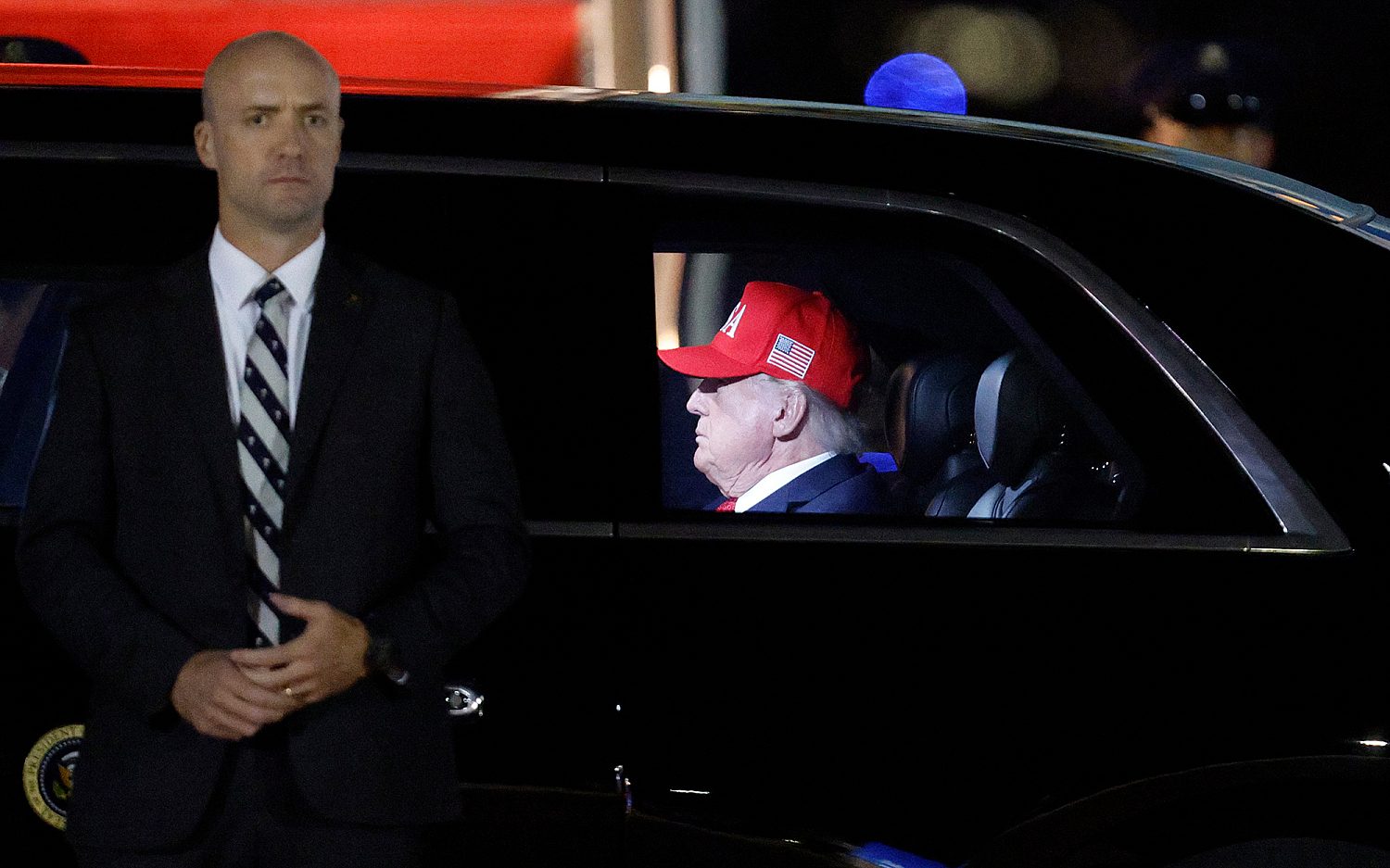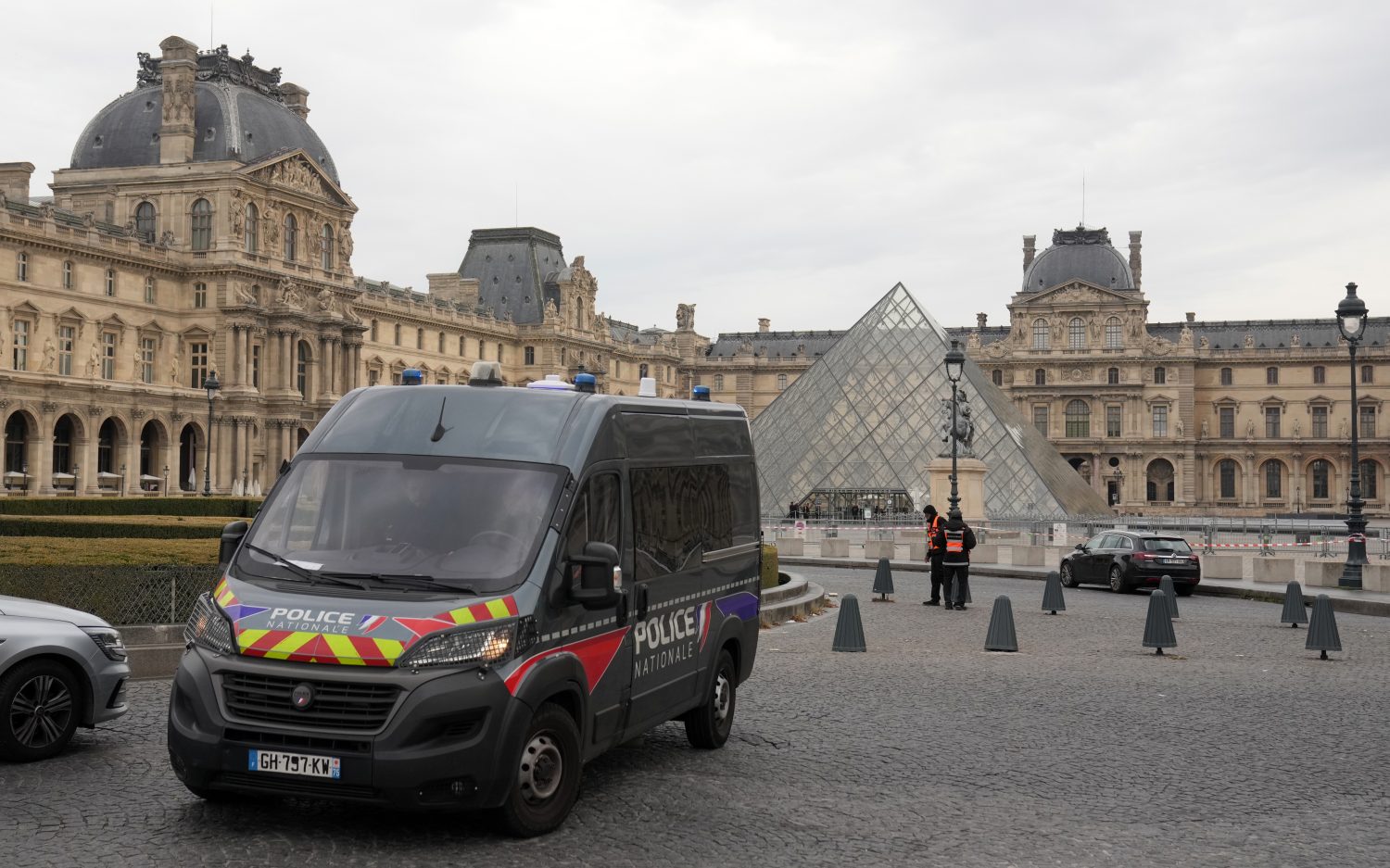Immigration order court battle just beginning
The 9th Circuit ruling on Trump’s executive order was ‘flawed,’ but the administration has an uphill legal battle
Though the nation watched the 9th U.S. Circuit Court of Appeals with atypical interest last week, the three-judge panel’s ruling is only an opening salvo in the longer court battle over President Donald Trump’s executive order on immigration. That fight will play out in courts for perhaps months—or even years. For example, the U.S. Supreme Court didn’t hear the case on President Barack Obama’s executive action on immigration until two years after he issued it because the legal challenge had to work its way through lower courts.
Conservative legal analysts mostly agree the Trump administration is in a difficult spot legally. Constitutional law expert Josh Blackman has pointed out that because of the technical way the Department of Justice handled the case, the administration never had an opportunity to submit evidence on how the order will affect national security. That makes its national security arguments going forward difficult. Another problem is Trump’s own words in the past, describing this action during the campaign as a Muslim ban.
The 9th Circuit is considering this week whether to rehear the case en banc, with all 11 judges instead of the three-judge panel that ruled against the administration last week. If the 9th Circuit doesn’t hear the case en banc, the Department of Justice could make an emergency appeal to the Supreme Court. That move seems unlikely given the current 4-4 makeup of the court, split between conservative and liberal justices. A tie would leave the 9th Circuit’s ruling against the administration in place, and it seems unlikely one of the high court’s liberals would vote to reverse the 9th Circuit ruling.
The administration could play a long game to win in more favorable circuits, creating conflict with the 9th Circuit that would lead to Supreme Court review down the road. But that won’t satisfy Trump, who argues the temporary halt of refugees and indefinite halt of Syrians is a matter of immediate national security concern.
The 9th Circuit’s ruling was not as sweeping or definitive as some reports indicated. Even Saturday Night Live in one skit last weekend falsely asserted the 9th Circuit judges ruled the executive order violated the Establishment Clause—just one sign of a general misunderstanding of the order. The court did not rule on its constitutionality.
Instead, the ruling rested entirely on due process rights: Those harmed (to use legal parlance) by the order deserved their day in court before the order went into effect. Basically, the court ruled that it had the power to review the executive order and that the order should be halted pending review—not that the order itself was discriminatory. Courts will address that question later.
Former 10th Circuit Judge Michael McConnell, who now heads the Religious Liberty Clinic at Stanford University School of Law, wrote an excellent analysis of the 9th Circuit decision for the Hoover Institution. He called the decision a “flawed restraining of a flawed order.”
“This litigation has been terribly rushed,” he wrote. “The district court issued a nationwide temporary restraining order without even providing an explanation of why the court regarded the order as unconstitutional. The lawyering—at least the oral advocacy—has been weak and unprepared. The incompetent and overhasty implementation of the executive order, leading to chaos and distress, gave the order an aura of illegitimacy. The president’s inappropriate personal criticism of the judges and the judicial process did not help his case.”
Then McConnell went on to criticize the 9th Circuit’s decision piece by piece, on standing and on due process. He thought the most striking part of the decision was that states could challenge federal immigration policies “on the ground that key state institutions are affected by the presence or absence of non-citizen students or faculty.”
“That is unprecedented,” he said.
McConnell and others think the administration’s best path forward is to revise and reissue the executive order, to make clear to whom it applies. If the order applies to only un-admitted and nonresident aliens, he thinks the administration will be on much firmer legal ground.
Initially the Trump administration did win in one federal jurisdiction in Massachusetts, a ruling that was moot after the federal district judge in Seattle issued the nationwide temporary restraining order.
Ann Buwalda, a lawyer who has handled asylum cases with the Jubilee Campaign for years, thought the Massachusetts judge—in contrast to the judges out West—showed an understanding of immigration law nuances. He understood, for example, the difference between “entry” to the United States and “admission,” she noted.
Buwalda doesn’t agree with all of the executive order but thinks general focus is in the wrong place. She thinks refugee activists should urge the governments of the seven countries of concern to work with the U.S. government so the vetting process is more thorough.
“Why aren’t media asking countries involved to get off the list or asking the White House what can be done by the countries to get off the list?” she asked.
An actual newsletter worth subscribing to instead of just a collection of links. —Adam
Sign up to receive The Sift email newsletter each weekday morning for the latest headlines from WORLD’s breaking news team.





Please wait while we load the latest comments...
Comments
Please register, subscribe, or log in to comment on this article.